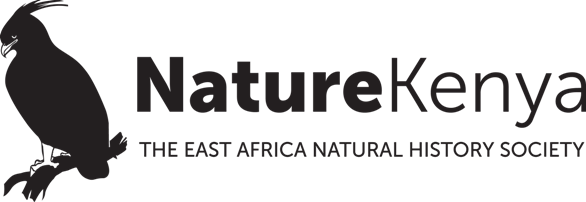By Ayiro Lwala
In the remote village of Nyandeho in Yala Swamp, our community gathering had settled into the familiar rhythm of polite but uninspiring discussion. Then, without warning, everything changed.
An elderly woman named Mama Susan Otieno suddenly shot up, her hand cupped to her ear while the other pointed urgently toward the sky. Her excited voice cut through our conversation.
“Listen!” she called out with purpose. “Do you hear that?”
Above us, cutting through the air, came a sharp, insistent call: “Dak ti u do! Dak ti u do!” The Red-chested Cuckoo had arrived, its voice carrying a message that has guided this community for generations.
“It is time to go weed our farms,” Mama Susan announced with the authority of someone who has listened to nature’s voices for seven decades. “The cuckoo is telling us no more sitting around talking. Our crops need tending now.”
What happened next left us speechless. One by one, villagers began gathering their things to respond to this age-old alarm clock that ran on instinct rather than electricity. The cuckoo’s call grew louder as it settled on a nearby tree, as if supervising the human response to its urgent call.
In our modern world, I would have immediately reached for my smartphone and googled ‘Red-chested Cuckoo farming calendar’ or posted about this fascinating encounter on my social media platforms. But here in Nyandeho, my device had no signal, no internet, and no digital lifeline to the outside world.
Instead, I witnessed something far more powerful: a living connection between humans and nature that has survived countless generations.
“We don’t need smartphones to tell us what to do next,” explained Mzee Akello Obondo, an elder in the village. “Nature is our calendar, our weather forecast, our farming advisor. This knowledge has been passed down from our grandparents’ grandparents. It is how we have thrived here, even as the world changes around us.” His eyes twinkled with gentle amusement at our urban bewilderment.
This was Indigenous Knowledge Systems (IKS) in action. Not as a museum piece or academic study, but as vibrant, practical wisdom that helps local communities navigate uncertainties with confidence. Despite the disruptions of weather patterns caused by climate change, villagers in Nyandeho have maintained their connection to nature’s subtle signals, adapting and responding with remarkable resilience.
The Red-chested Cuckoo’s call wasn’t just about farming. It was about paying attention. In a world increasingly disconnected from natural rhythms, this encounter in a remote village offered a bold reminder that some of our most reliable guidance systems don’t require batteries, updates, or monthly subscriptions.
As I reluctantly gathered my things to leave (the meeting was officially over: the cuckoo had spoken), I could not help but marvel at what we had witnessed. Here was a community that had found a way to blend ancient wisdom with modern life, using traditional knowledge not as a replacement for technology, but as a foundation that makes them resilient regardless of what the modern world throws at them.
Perhaps the future isn’t about choosing between traditional knowledge and modern innovation, but about finding ways to honour both. In Nyandeho, they have already figured this out. The cuckoo calls, the people listen, and life continues in harmony with rhythms far older and more reliable than any smartphone alert.
The next time you hear a bird’s call, pause for a moment. It might just be telling you something important, if only you remember how to listen.
